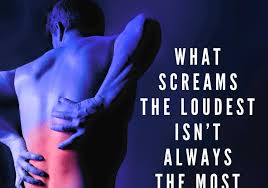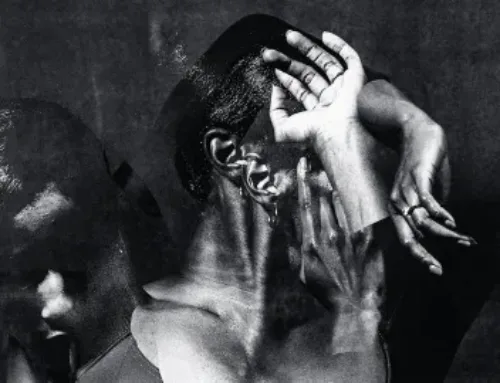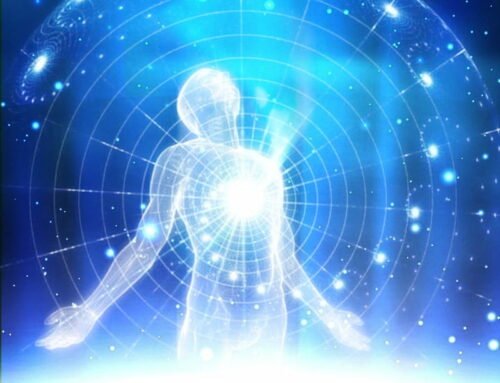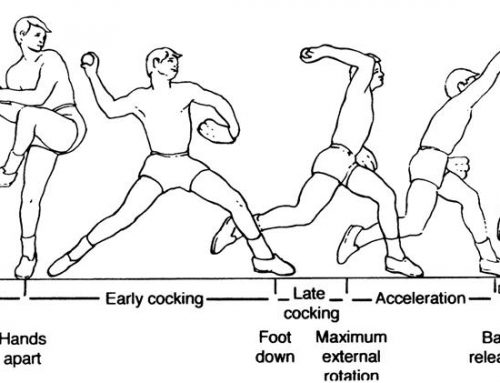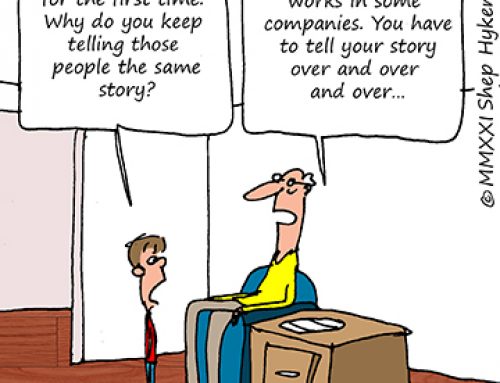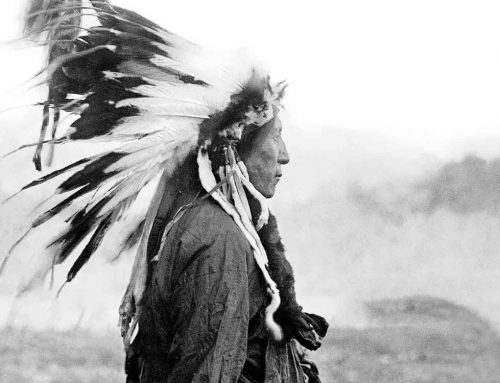Okay so you may have pain in the knee, hip, shoulder and back or you may have an auto immune condition. Dr.Perry Nickolson tells us: “One of the things that I always say is that pain is a request for change. It can be a physical pain, it can be an emotional pain, but it’s your body telling you that you need to change something”. Easier said than done, when we are under stress, tired, working, running a family and are set in habitual patterns. The body will always find the least path of resistance and this is why: ” Those who resist change, resist life” Sad Guru.

Making new habits and better choices not only in our movement but our lifestyle will always show positive results if we stick to the program with patience. The quick fixes do not work. Alot of the time, it’s the “no pain no gain” thing. We’ve also been programmed to think that “it’s not that bad yet”. We need to realize that pain is not a damage meter for your body, it’s an action signal. And that means that your brain is trying to tell you that you need to take some form of action. And unfortunately, that action for most people is taking a pill or rubbing something on where it hurts. And that’s fine because no one wants to be in pain right? When you take pain away, you begin to move more—and then when the pill wears off, you get worse or the pain moves somewhere else.
Looking at healing exercises (such as Pilates, yoga, functional movement etc etc) plus cultivating a connection to our deeper, rooted, emotional and mental parts of the body is essential. Here are my seven top tips on pain using a deep rooted connection plus of course exercise.
- “Where intention goes, energy flows” – Take your attention and intention to the area of concern and use meditative techniques to send energy to that area.
- Breathe – Choose a colour that you resonate with the most and that has a soothing and healing quality. Imagine this infused every part of your body helping you to acknowledge areas that show up as: past injury, current pain, stability issues, tight muscles (breathe in yin), loose muscles (breathe out yang).
- Start loving yourself – Focus on the are which is in need of love the most and literally speak to yourself or that part of the body out loud with positivity. View my article: ‘The power of words’.
- Look at the chakra system and start wearing the colour that needs addressing the most.
- Chant affirmations during exercise that resonate with the char area that needs addressing.
- Get a movement programme going that is right for you. Either or a combination of using a physio, chiropractor, osteopath or CHEK practitioner. there is never a right or wrong its always a journey.
- Don’t expect anyone to fix you, the only person that can cure you is you and this is of course by taking responsibility for the self.

The longer we sit on pain the harder it is to allow it to surface and begin healing.
Many of us are going through our lives aware of a well of pain underlying our daily awareness that we’ve felt for so long we aren’t even sure where it comes from. It almost seems as if it’s part of who we are, or the way we see the world, but it’s important to realize that this pain is something that needs to be acknowledged and processed. The longer we sit on it, the harder it is to work through, and the more likely it is that we will be forced to acknowledge it as it makes itself known to us in ways we can’t predict. Rather than waiting for this to happen, we can empower ourselves by identifying the pain and resolving to take action toward healing it.
The very thought of this brings up feelings of resistance in most of us, especially if, on the surface, our lives seem to be in order. It’s difficult to dig up the past and go into it unless we are being seriously inconvenienced by the hurt. The thing is, when we are carrying the burden of our unprocessed pain, sooner or later, it will inconvenience us. If we can be brave and proactive, we can save ourselves a lot of future suffering and free up the energy that is tied up in keeping the pain down.
There are many ways to do this, but the first step is to recognize the pain and honor it by moving our awareness into it. In this process, even if it’s just five minutes during meditation, we will begin to have a sense of what the pain is made of. It might be fear of abandonment, childhood abuse, anger at being mistreated, or some other long held wound. As we sit with the pain, we will also have a sense of whether we can deal with it by ourselves, or not. It may be time to work with a counselor, or form a healing circle with close friends. Whatever path you choose, resolve to go deep into the pain, so that you can release it fully, and set yourself free. Remember, it is never too late in life to heal what hurts, and there is never a better time than now.
Bibliography
Paul Chek
Daily Om

